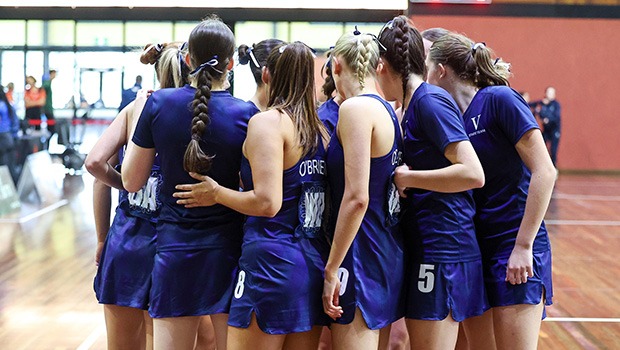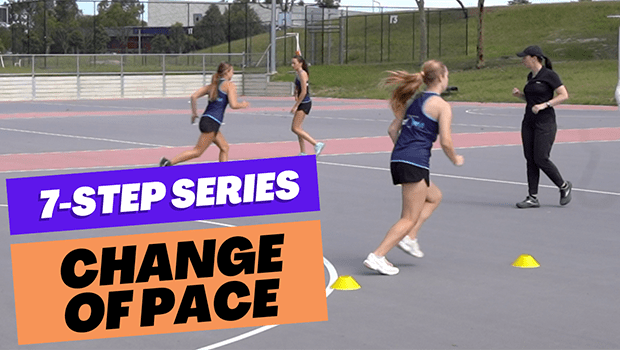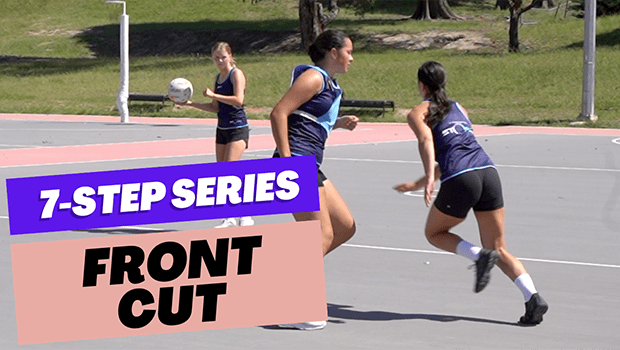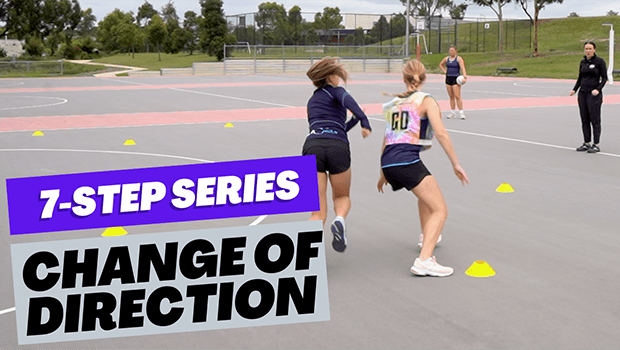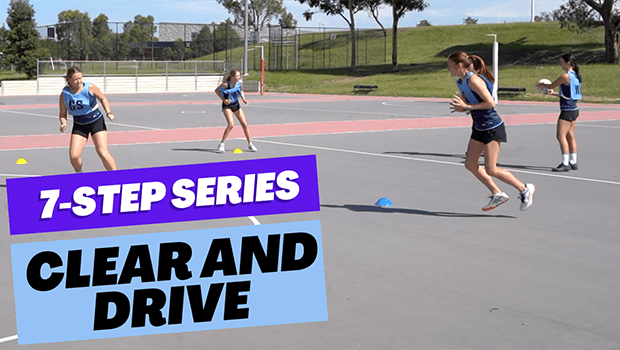Given netball is a sport with such tight restrictions on the spaces players can use and the areas they can drive into, it makes a lot of sense to spend a good deal of your training time teaching your players how to find and create space for themselves.
A team that knows where and how to find space is on the fast track to winning the game, so helping your players to unlock the court with preliminary movements is one of the most critical skills for players of all ages and at all levels.
NEED DRILLS? JOIN NOW TO ACCESS ALL OF OUR VIDEOS, WITH LIVE INSTRUCTION!
Today we’ve created a couple of session plans – one for beginner players and one for more advanced players – with drills that promote the skill of using multiple movements in order to receive the ball, as well as making decisions about where the best place to drive is.
BASIC SESSION
WARM-UP: 2-PLAYER SPACE AND WORKLOAD
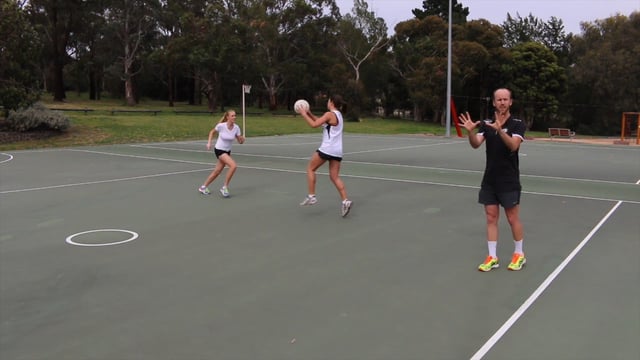
Let’s start with a nice easy drill to get players thinking about making more than one movement before they receive the ball.
In this drill, ensure players are using multiple spaces available to them – forward space and back space – as well as using strong angles and not driving flat or sideways for the ball.
DRILL 2: LINE TIMING
The perfect drill to get players at the right time before the ball arrives, as there are clear visual cues in front of them.
If they’re too late with their movements, the player with the ball will be forced to wait, while if they’re too early with their movements, they’ll run out of space on the sideline and will have to stop/slow down before the ball arrives.
Remind your players that their final movement needs to have a strong angle to the ball, as you’ll find some players will drive flat. Also focus on trying to ‘outside pivot’ as they land, so they can give the ball off as quickly and accurately as possible, and so that the next player – who is basing their own preliminary movement off the first player – isn’t forced to stop and wait for the pass.
If your players have mastered the basics, add a defender on each attacking player and allow the attacking player to receive the ball anywhere within the channel, as long as they complete at least one preliminary movement to get free.
DRILL 3: FRONT CUT LONGCOURT
Progressing the downcourt concept, this drill will get your players applying preliminary moves in a more game-like scenario.
Advance the drill further by adding passive and then non-passive defence. To test the skills the players have learnt, finish the session with some matchplay but with a rule that every drive must have a preliminary move, or the ball is turned over.
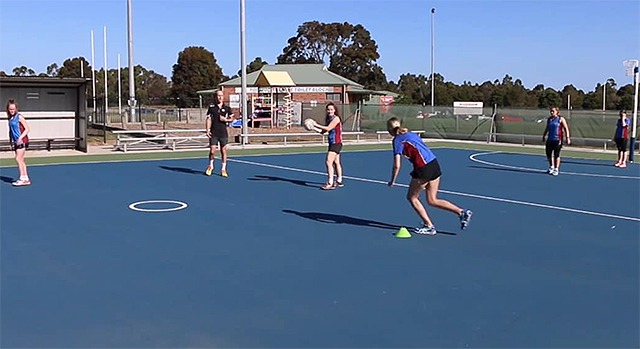
DRILL 4: ONE-ON-ONE – DEFENDING BOTH WAYS
We normally use this drill for defenders, but it’s a good one to use as a one-on-one challenge for attackers, also.
With limited space to work in, the attacker will find that if they only do one drive for the ball they’ll run out of space or the defender will intercept, so they need to think about changing direction and moving into another space as soon as they’ve driven more than four or five metres.
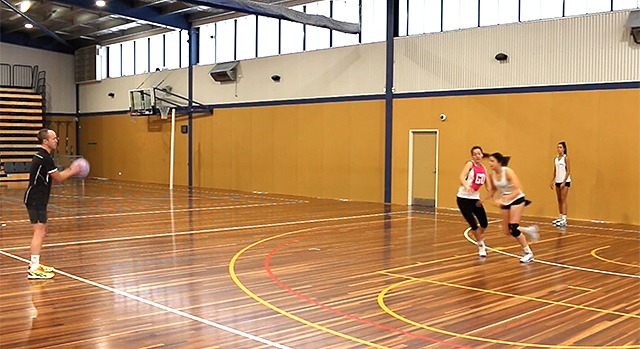
As players begin to receive the ball more easily, encourage them to use the back space, too. If they’re catching the ball quite close to the thrower, there should be a lot of space to push off and receive a lob in.
ADVANCED SESSION
WARM-UP DRILL: TWO-PLAYER SPACE AND WORKLOAD
Yes, we’re kicking off with the same drill as the basic session, but for more advanced players you’ll be asking them to make three or even four movements before they receive each pass.
They should also look to use a more advanced variety of movements: dodges, rolls, half-rolls etc.
DRILL 2: SIX-POINT LONGCOURT TRANSITION
A relatively easy drill to do, but a hard drill to do well.
For advanced players, look for them to recognise the space that their teammate is going to be driving into. If one player is going to receive the ball very deep down the court, the next worker should look to create space with a preliminary movement away from the ball first, so that they have enough room for a strong angle towards the ball.
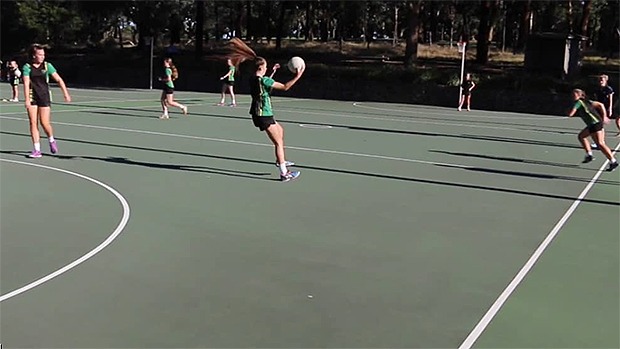
If the preliminary movement isn’t strong, you’ll find players’ leads will end up flat and are easily defended in a game, so look for those strong movements and angles.
To advance the drill, condense it into a smaller space so that players need to make a decision about whether their final drive should be towards the ball, or whether a preliminary move towards the ball would be better, in order to open up the backspace.
DRILL 3: DOUBLE BOX
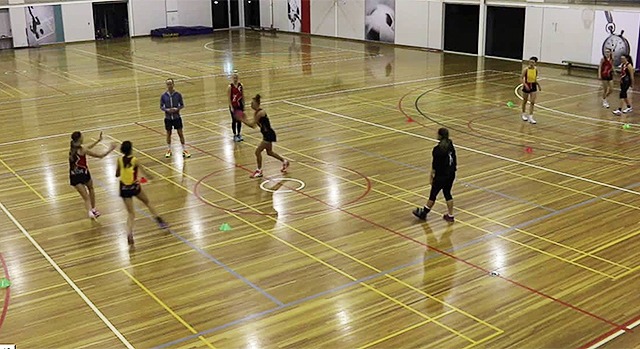
This drill is great for both attackers and defenders. Because the space in which the attacker must work is so small, if they don’t complete at least one or two preliminary moves they’ll have almost no chance of receiving the ball.
For the defenders, the focus is on forcing the attackers to the edge of the box and then stepping up to keep them there, rather than letting them back out.
Ensure the attackers try to use all of the space within the box – driving forward to open up the backspace, and away from the ball to open up a forward drive – and avoid simply dodging on the spot behind the defender.
DRILL 4: WING ATTACK WORKLOADS
This one’s primarily for wing attacks but has applications for all positions on the court, so all players should give it a try.
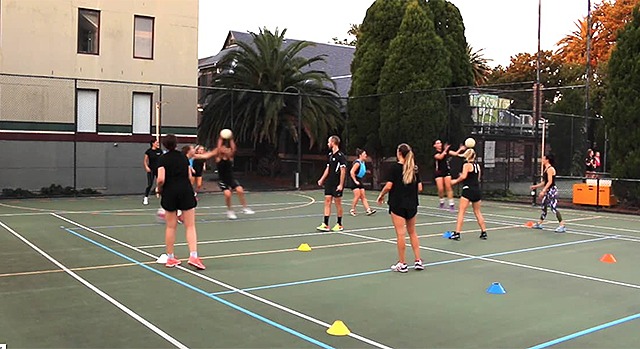
The movement patterns are similar to the “Double box” drill but with an element of surprise, as the attacking player doesn’t know when the ball will be released, so needs to continue working until the passers are ready to let it go.
Similarly, the goaler in the circle needs to continually keep repositioning, on the assumption that every ball could be the WA’s final drive onto the circle. When the WA lands, the goaler needs to have already done their own preliminary work – whether that be a hold, dodge or roll etc – and be ready to receive within three seconds.
